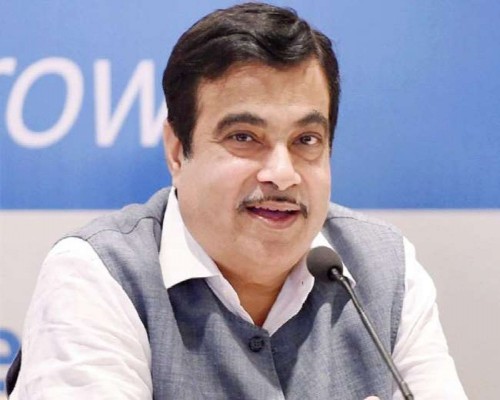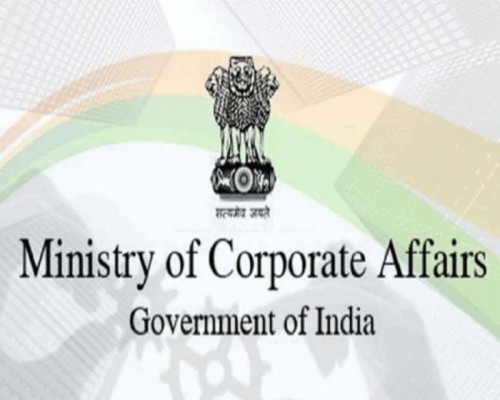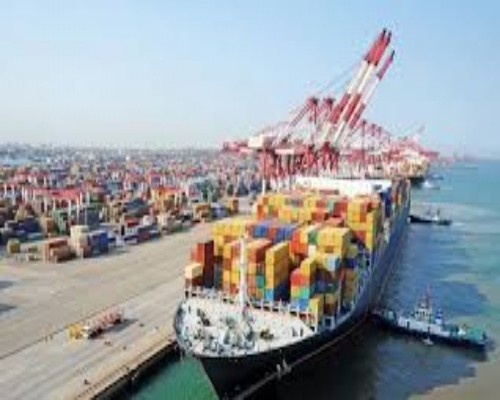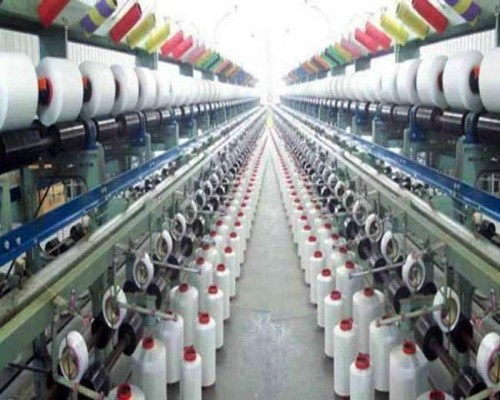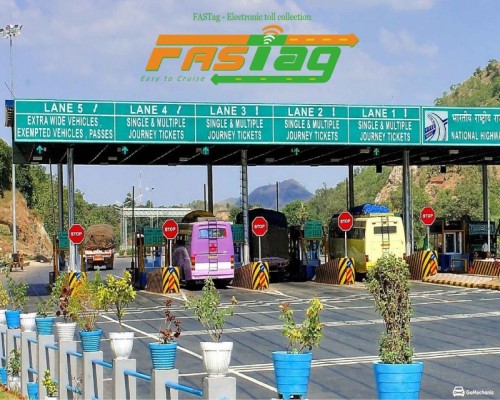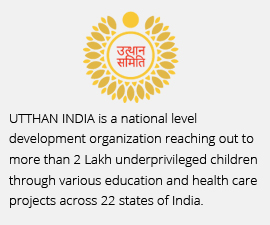"Indian Exporters Eye New Opportunities in the U.S. Amid Changing Trade Dynamics"
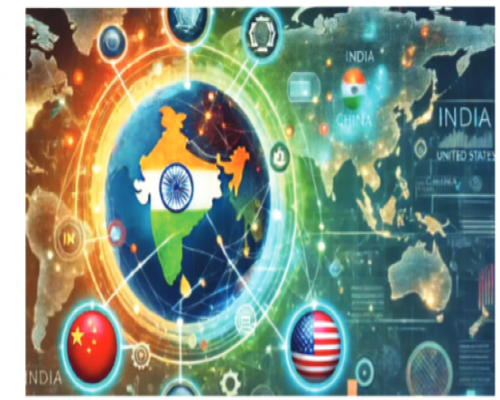
With the upcoming presidential administration in the U.S. set to take office on January 20, Indian exporters are optimistic about increasing trade opportunities in the American market. The shift in U.S. trade policies, coupled with rising tensions with China, is expected to create new avenues for Indian goods and services.
A Focus on Diversification
Exporters are actively exploring opportunities in sectors like leather, apparel, chemicals, and electronics, where Indian products have a competitive edge. The decline in imports from China in recent years has further strengthened India’s position in the U.S. market, creating space for increased exports.
According to experts, the U.S. is India's largest trading partner, accounting for a significant share of exports. During 2023-24, Indian exports to the U.S. stood at $77.51 billion, with imports valued at $42.2 billion, showcasing a robust bilateral trade relationship.
Strategic Partnerships and Policy Support
Indian businesses are partnering with U.S. organizations to strengthen supply chains and expand their market presence. Trade experts believe that government incentives, streamlined policies, and industry collaborations can help Indian exporters gain a stronger foothold in the U.S.
Challenges and Opportunities
Despite the optimism, exporters face challenges such as stringent U.S. regulations and competition from Southeast Asian countries like Vietnam, Indonesia, and Malaysia, which have benefited from previous trade negotiations. Analysts stress the importance of strategic positioning and compliance to maximize gains.
Outlook for 2024
The trade landscape in 2024 is poised to favor Indian exporters, especially in sectors such as textiles, pharmaceuticals, and auto components. As the new U.S. administration shapes its policies, Indian exporters are gearing up to leverage these changes for long-term growth.
Business leaders urge the government to facilitate trade by addressing logistical and regulatory barriers, ensuring Indian products remain competitive in the global market.








